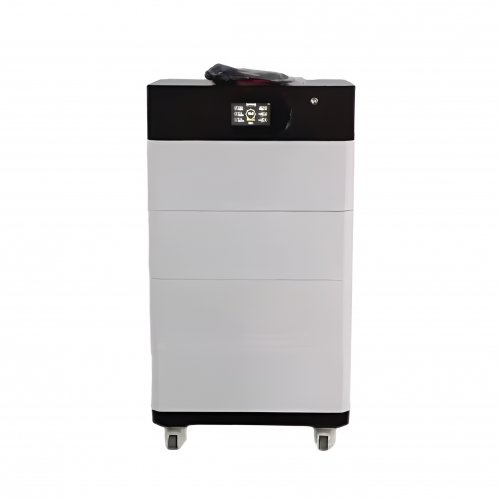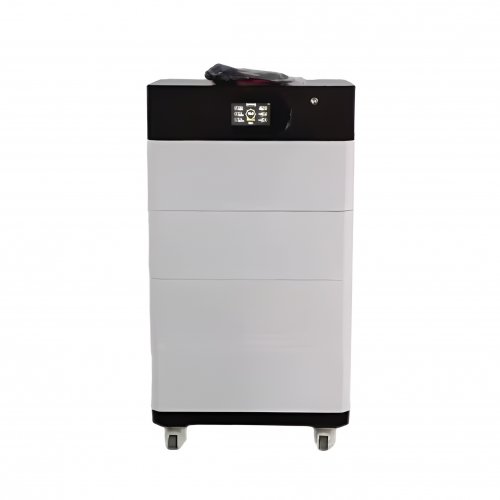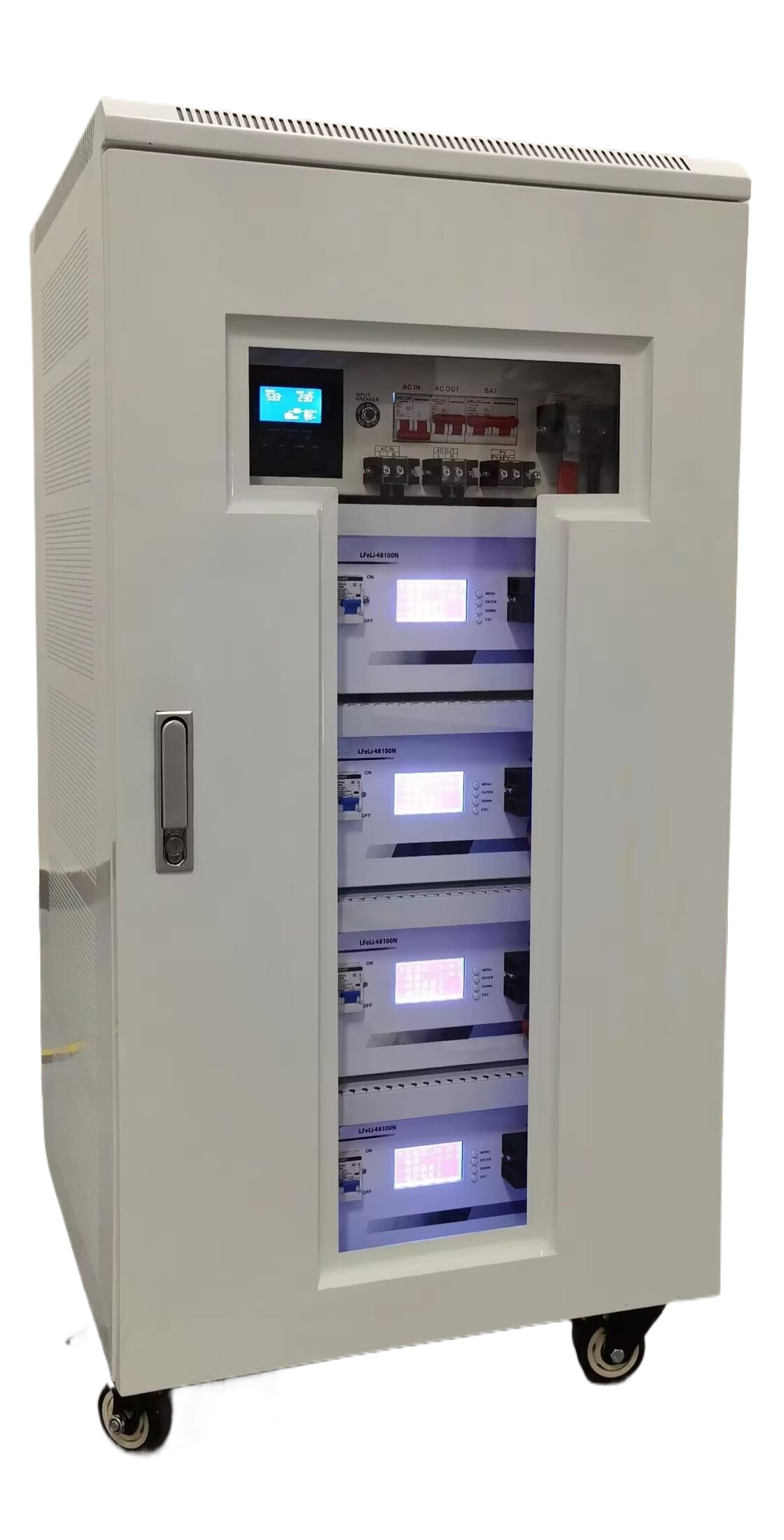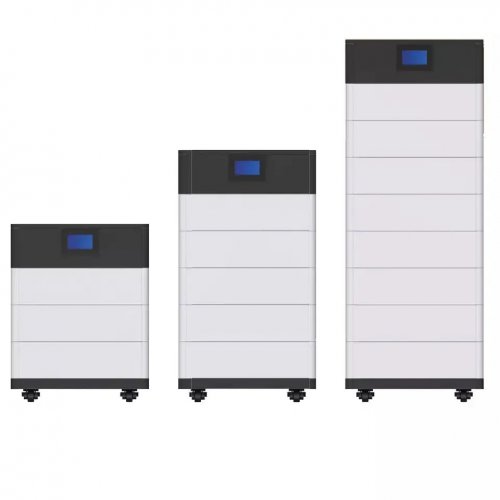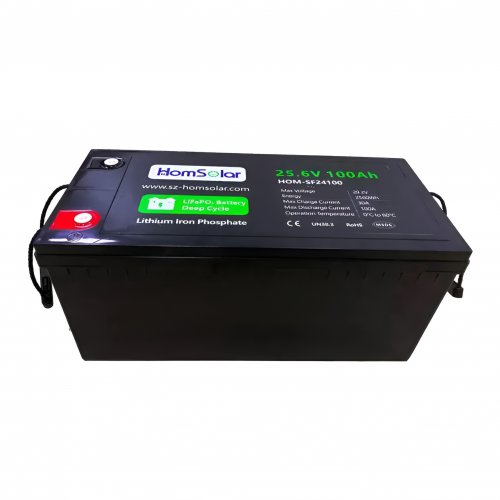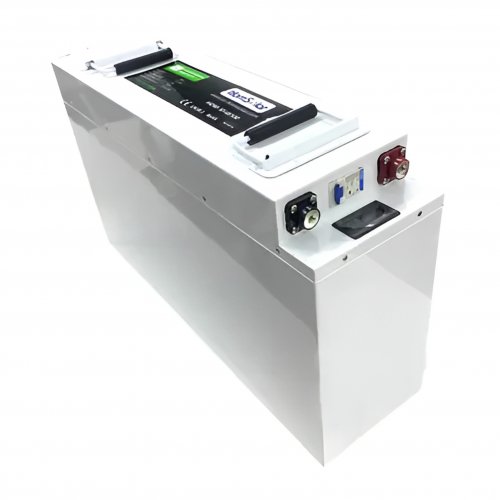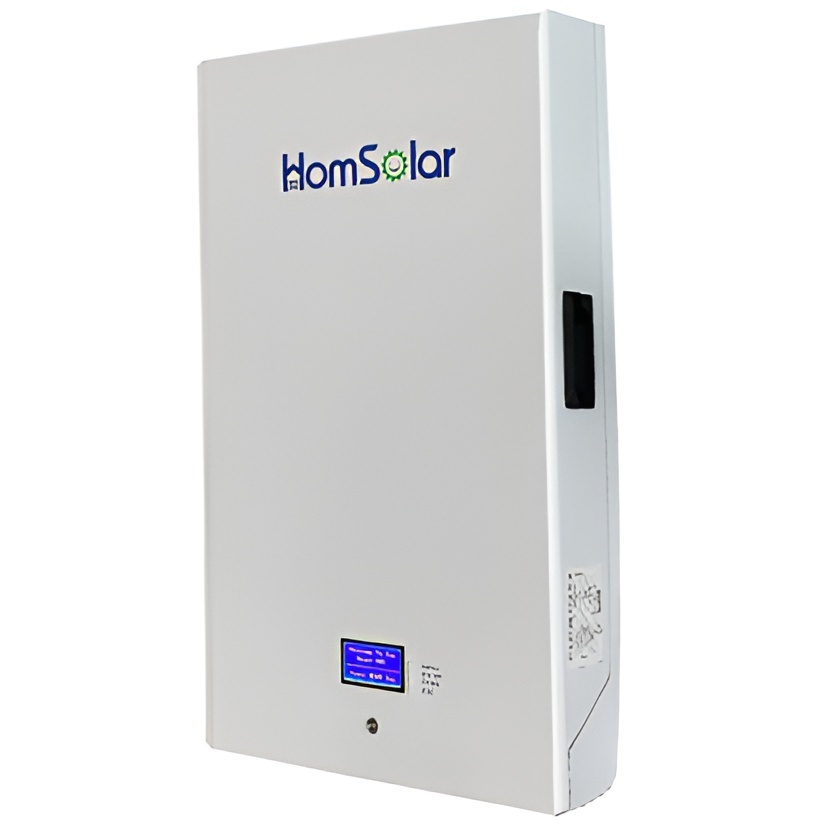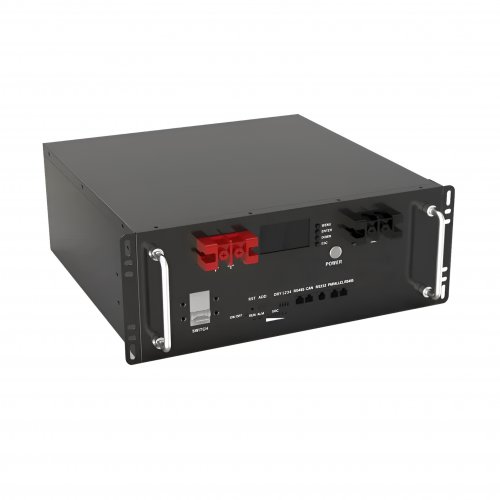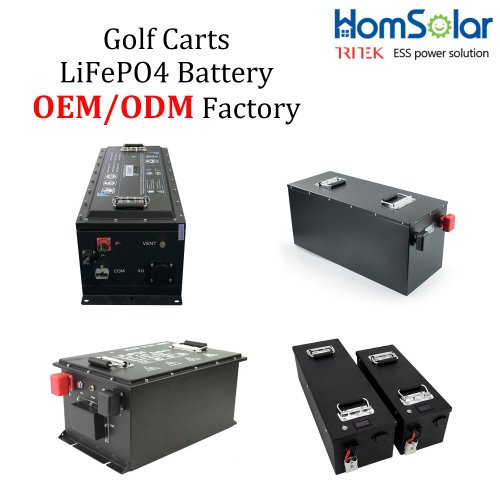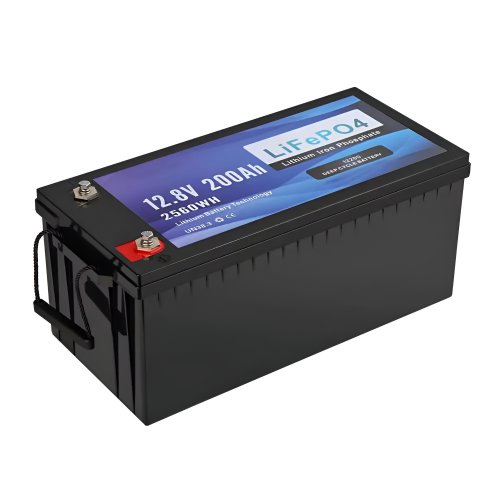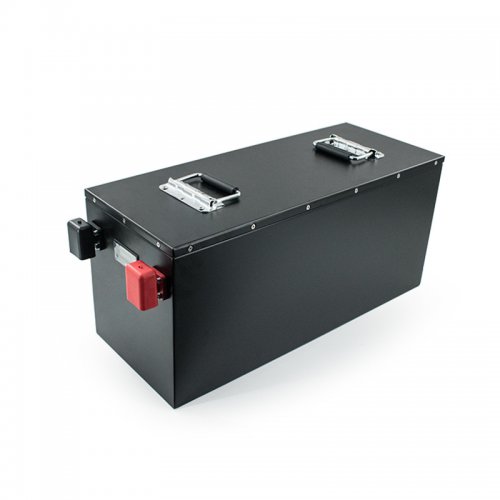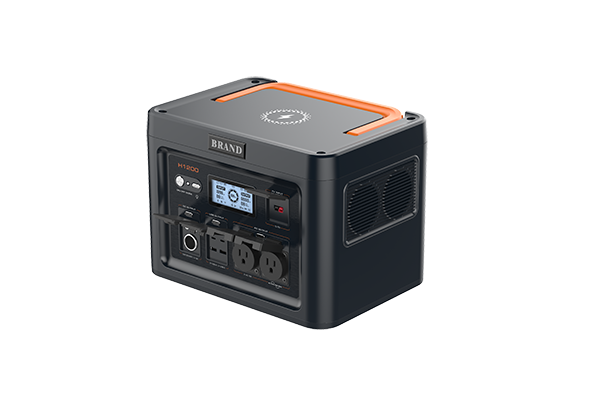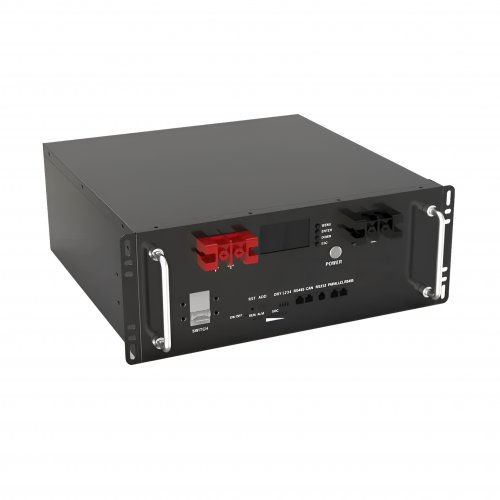Field testing shows perovskite solar modules can retain 78% of their initial efficiency after one year
Researchers from Belgian research center imec and the University of Cyprus have announced completing outdoor stability tests of perovskite solar mini-modules providing two-year data on stability.
The research team tested 4 cm2 metal halide perovskite mini-modules, which were developed at imec/EnergyVille at Hasselt University in Belgium, under real-world conditions in Nicosia, Cyprus, and found that the panel offers “remarkable” power conversion efficiency retention after one year.
“The most durable mini-module maintained 78% of its initial efficiency after one year. Performance loss rates during the burn-in period of perovskites were found to be around 7% – 8% per month for the perovskite configurations tested,” said the researchers. They also captured diurnal degradation and recovery data, which was tracked across all the perovskite configurations tested.
“The results have also been disseminated and discussed at conferences and with our partners in different projects, which comprise both academia and industry. There is high interest since the data sets are some of the most extensive ones currently available for outdoor testing of perovskite modules,” Tom Aernouts, R&D Manager at imec/UHasselt/EnergyVille, told pv magazine.
Outdoor trials are steps toward the commercialization of perovskite technologies in utility-scale and residential PV applications as they reveal how environmental conditions, such as varying light, temperature and weather, affect cell performance. “Despite this, only a handful of research groups have investigated the outdoor performance of perovskite PV, focusing primarily on small cells rather than modules,” stated the researchers.
Further field trials are underway in diverse climate zones in Brussels, Madrid, Spain, Freiburg, Germany, and the U.S. state of New Mexico, which are rainy, moderate and arid regions, respectively.
“We also introduced some new perovskite module architectures for some of these tests, and we will continue to do so, also on new locations,” said Arnouts, mentioning Colorado, Middle East, North Africa and East Asia.
The perovskite mini-modules deployed in the study had a p-i-n device architecture, according to the researchers. The cells were built with indium tin oxide (ITO) coated glass substrates, sputtered nickel(II) oxide (NiOx) hole transport layer (HTL), perovskite layer, electron transport layer (ETL) and another ITO layer. The perovskite composition for the research was FA0.8Cs0.2Pb(I0.94Br0.06)3. The ETL composition was varied, either lithium fluoride (LiF), buckminsterfullerene (C60) and a bathocuproine (BCP) buffer layer or the LiF/C60/LiF composition.
The field measurements, which had “an emphasis on the evolution of key electrical parameters,” were acquired with a variety of electrical equipment from commercial suppliers, and a weather station, including a single current-voltage source-meter multiplexed to take sequential measurements from the devices under test. In addition, LabVIEW software was designed to record the current−voltage (I−V) curves every 10−15 min.
The data gathered enabled the scientists to develop a data-driven predictive model to predict the power output time series using the eXtreme Gradient Boosting (XGBoost) regression technique. They noted it could “accurately” forecast the power output of the test set with a 6.76% normalized root mean squared error (nRMSE), which means it demonstrated “a strong correlation between the actual and predicted power.”
The most challenging aspect of the study, according to Aernouts, was the reproducibility of the sample fabrication process, which he noted is “crucial for the relevancy” of outdoor testing.
“Therefore, we developed a highly reproducible module processing baseline first, including strong encapsulation. This also meant that long service life for full modules got priority over one-time small area single cell efficiency, said Aernouts, adding that another challenging aspect was that test locations need to adapt their setups for perovskite cell technology.
The research work is described in “Diurnal Changes and Machine Learning Analysis of Perovskite Modules Based on Two Years of Outdoor Monitoring,” in ACS Energy Letters.
Customized/OEM/ODM Service
HomSolar Supports Lifepo4 battery pack customization/OEM/ODM service, welcome to contact us and tell us your needs.


HomSolar: Your One-stop LiFePO4 Battery Pack & ESS Solution Manufacturer
Our line of LiFePO4 (LFP) batteries offer a solution to demanding applications that require a lighter weight, longer life, and higher capacity battery. Features include advanced battery management systems (BMS), Bluetooth® communication and active intelligent monitoring.

Customised Lithium Iron Phosphate Battery Casing
ABS plastic housing, aluminium housing, stainless steel housing and iron housing are available, and can also be designed and customised according to your needs.

HomSolar Smart BMS
Intelligent Battery Management System for HomSolar Energy Storage System. Bluetooth, temperature sensor, LCD display, CAN interface, UART interface also available.


Terminals & Plugs Can Be Customized
A wide range of terminals and plugs can be customised to suit the application needs of your battery products.

Well-designed Solutions for Energy Storage Systems
We will design the perfect energy storage system solution according to your needs, so that you can easily solve the specific industry applications of battery products.



About Our Battery Cells
Our energy storage system products use brand new grade A LiFePO4 cells with a battery lifespan of more than 4,000 charge/discharge cycles.



Applications in Different Industries
We supply customized & OEM battery pack, assemble cells with wiring, fuse and plastic cover, all the cell wires connected to PCB plug or built BMS.
Applications: E-bike, Electric Scooter, Golf Carts, RV, Electric Wheelchair, Electric Tools, Robot Cleaner, Robot Sweeper, Solar Energy Storage System, Emergency Light, Solar Power Light, Medical Equipment, UPS Backup Power Supply.
We can provide you with customized services. We have the ability to provide a vertical supply chain, from single cells to pack/module and to a complete power solution with BMS, etc.


HomSolar (Shenzhen) Technology Co., Ltd







